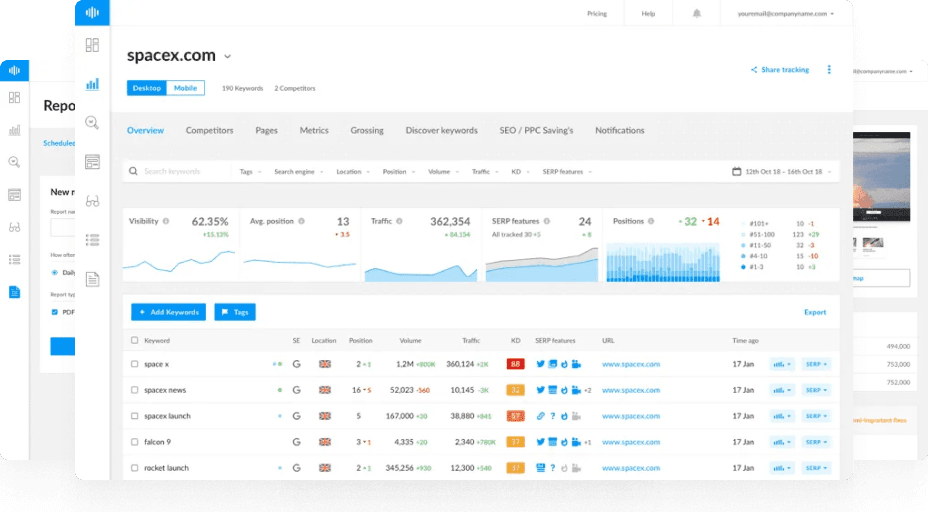What Is Server-Side Rendering (SSR)?
Server-Side Rendering (SSR) is a technique where web pages are rendered on the server rather than in the browser.
When a user or search engine requests a page, the server processes the code, generates the complete HTML, and delivers it ready to display — without relying on JavaScript execution on the client side.
This approach is vital for SEO and performance because search engines can instantly crawl fully rendered content, improving indexing and visibility.
How SSR Works
When a request is made:
- The server fetches necessary data (e.g., API content, templates).
- It renders the page’s HTML markup.
- The browser receives a fully formed HTML page.
- JavaScript then hydrates the page, enabling interactivity.
Example Workflow
Browser → Request → Server → Render HTML → Send to Browser → Hydration
Unlike Client-Side Rendering (CSR) — where the browser must download and execute JavaScript before showing content — SSR ensures content is available immediately.
Benefits of Server-Side Rendering
1. Improved SEO
Search engine crawlers like Googlebot can index rendered HTML immediately.
SSR removes dependency on JavaScript rendering queues, improving visibility for content-heavy or dynamic pages.
2. Faster First Paint
Users see meaningful content faster, improving LCP (Largest Contentful Paint) and Time to Interactive (TTI) metrics.
3. Better Social Sharing
Social media crawlers (Facebook, LinkedIn, Twitter) can read metadata and previews directly from the HTML, ensuring correct link previews.
4. Enhanced Accessibility
Screen readers and older browsers can parse SSR content easily without executing scripts.
Popular Frameworks That Support SSR
- Next.js (React)
- Nuxt.js (Vue)
- SvelteKit (Svelte)
- Angular Universal (Angular)
These frameworks make SSR easier by integrating both static and dynamic rendering options.
SSR vs Client-Side Rendering (CSR)
| Feature | SSR | CSR |
|---|---|---|
| Render Location | Server | Browser |
| SEO Performance | Excellent | Limited (requires JS rendering) |
| Initial Load Speed | Faster (HTML ready) | Slower (JS-dependent) |
| Interactivity | Slight delay after hydration | Immediate post-render |
| Best For | SEO, dynamic content | Single-page apps, dashboards |
SSR and Indexing Efficiency
Google and Bing both prefer content available at initial load.
SSR ensures that key content, metadata, and structured data are visible in the first HTML response, reducing the risk of missing or delayed indexation.
You can confirm rendering effectiveness using:
- Google Search Console → URL Inspection → View Crawled Page
- Ranktracker’s Web Audit Tool → Rendering & Content Visibility Section
Best Practices for SSR
- Cache rendered HTML to reduce server load.
- Use CDNs for faster delivery.
- Optimize hydration scripts for minimal JS overhead.
- Test Core Web Vitals regularly to ensure speed and stability.
- Include structured data directly in server-rendered HTML.
Common Pitfalls
- High server resource usage under heavy load.
- Slow data-fetching APIs can block rendering.
- Improper caching may show outdated data.
Use Incremental Static Regeneration (ISR) to mitigate these issues — a hybrid model where pages are served statically but updated periodically.
Summary
Server-Side Rendering (SSR) bridges the gap between SEO and performance.
It ensures that your pages load quickly, display complete content instantly, and remain discoverable to both users and crawlers.
By implementing SSR, you strengthen technical SEO foundations and improve overall site visibility across search engines.
